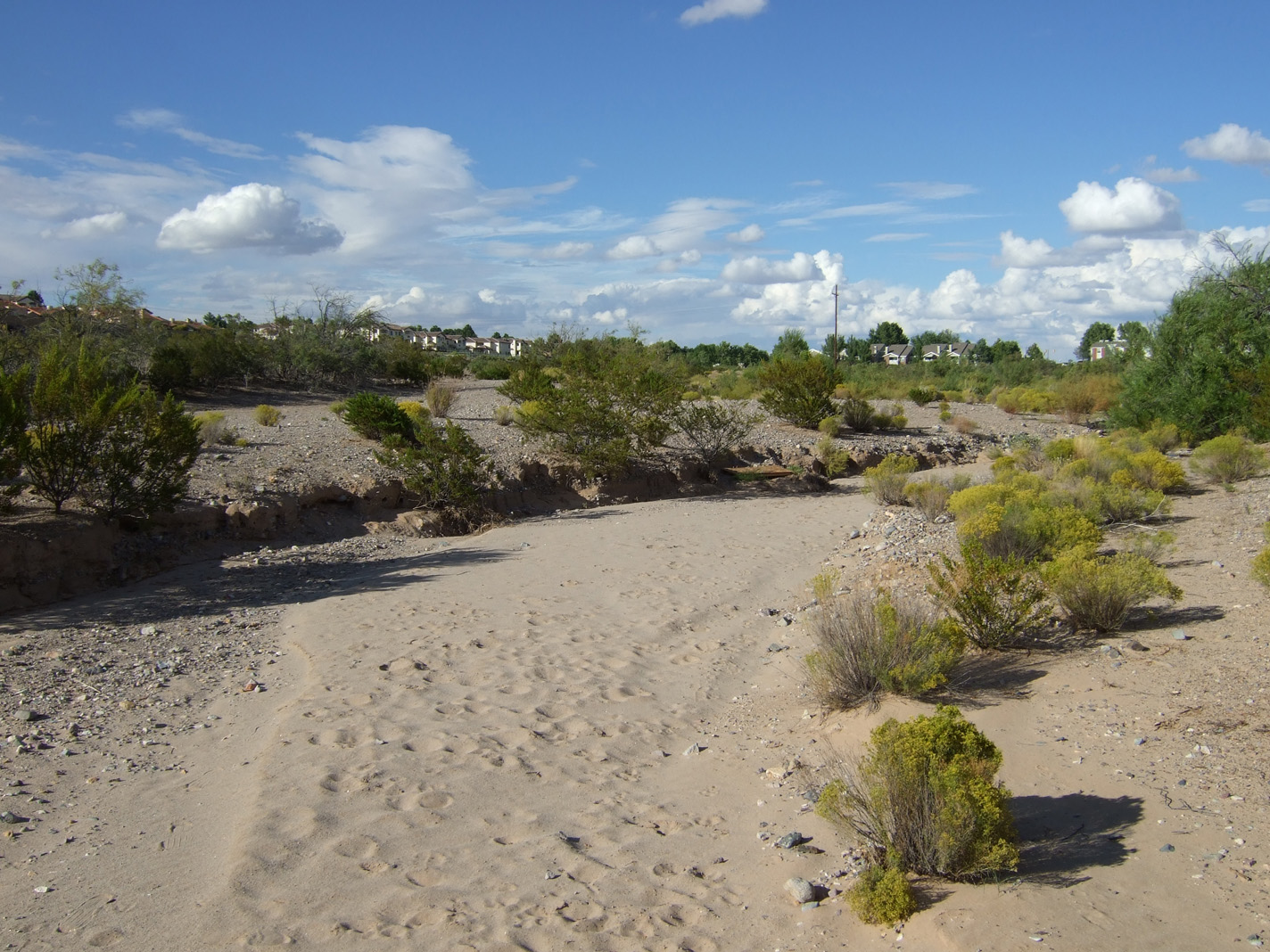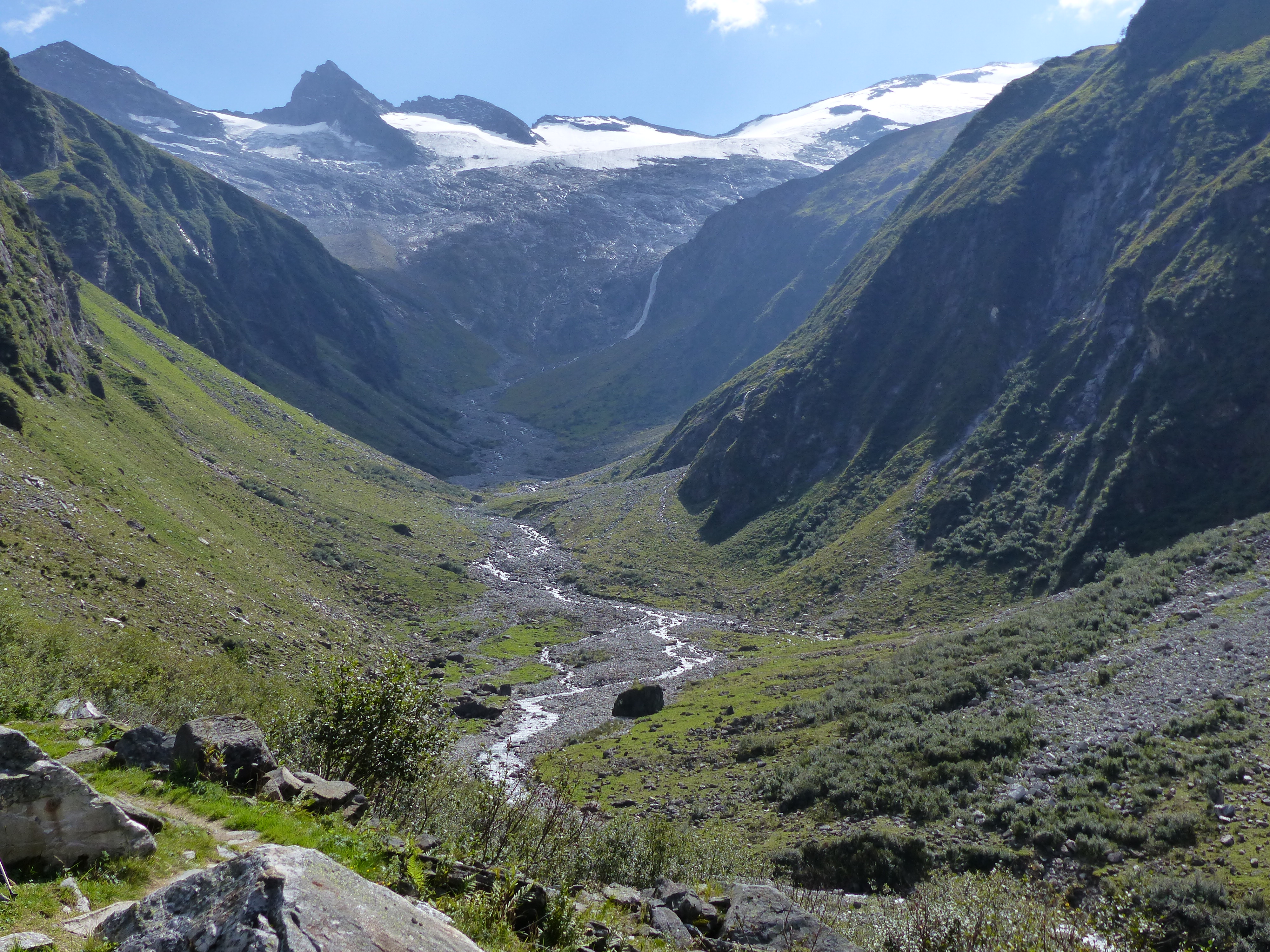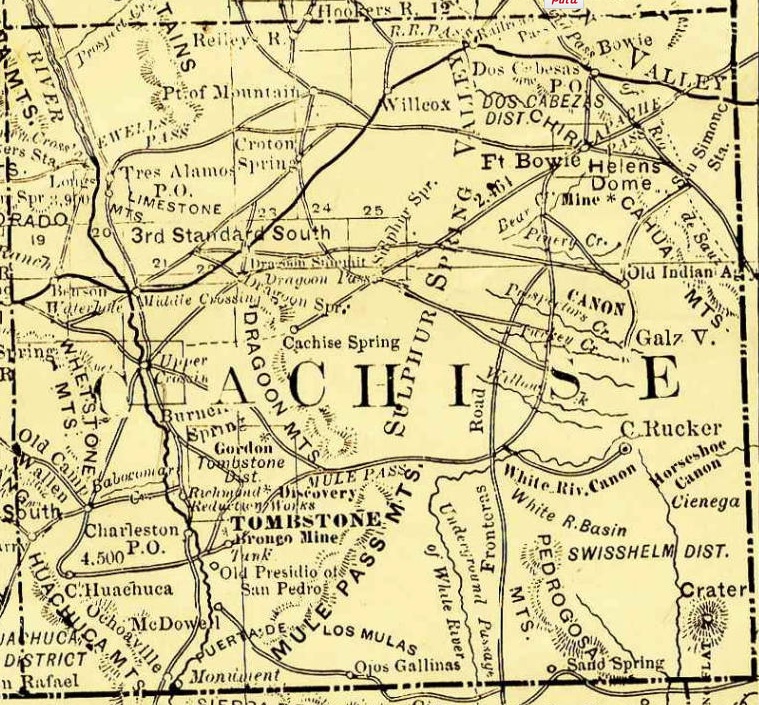|
Mescal Arroyo
Mescal Arroyo is an arroyo, a tributary to Ciénega Creek in the Santa Cruz River watershed. Its mouth is at its confluence with Cienega Creek within the Cienega Creek Natural Preserve in Pima County, Arizona. Its source is at , to the east at the head of the valley near Mescal in Cochise County, Arizona Cochise County () is a county in the southeastern corner of the U.S. state of Arizona. It is named after the Native American chief Cochise. The population was 125,447 at the 2020 census. The county seat is Bisbee and the most populous city .... References {{DEFAULTSORT:Mescal Arroyo Rivers of Arizona Rivers of Cochise County, Arizona Rivers of Pima County, Arizona Santa Cruz River (Arizona) ... [...More Info...] [...Related Items...] OR: [Wikipedia] [Google] [Baidu] |
Arroyo (creek)
An arroyo (; from Spanish arroyo , "brook"), also called a wash, is a dry creek, stream bed or gulch that temporarily or seasonally fills and flows after sufficient rain. Flash floods are common in arroyos following thunderstorms. '' Wadi'' (Arabic) is used in North Africa and Western Asia for similar landforms. The desert dry wash biome is restricted to the arroyos of the southwestern United States. Arroyos provide a water source to desert animals. Types and processes Arroyos can be natural fluvial landforms or constructed flood control channels. The term usually applies to a sloped or mountainous terrain in xeric and desert climates. In addition: in many rural communities arroyos are also the principal transportation routes; and in many urban communities arroyos are also parks and recreational locations, often with linear multi-use bicycle, pedestrian, and equestrian trails. Flash flooding can cause the deep arroyos or deposition of sediment on flooded lands. ... [...More Info...] [...Related Items...] OR: [Wikipedia] [Google] [Baidu] |
Ciénega Creek
Ciénega Creek (English: "Hundred Springs Creek" or "Marsh Creek") is an intermittent stream located in the Basin and Range region of southern Arizona, and is one of the most intact riparian corridors left in the state. It originates in the Canelo Hills and continues northwest about to an area just outside Tucson, where it becomes known as Pantano Wash. Pantano Wash continues through Tucson and eventually connects with the Rillito River. Course From its origin in the Canelo Hills of Santa Cruz County at , Ciénega Creek flows northwesterly through the upper Ciénega basin, a wide alluvial valley separating the northern Santa Rita and Empire Mountains to the west and the Whetstone Mountains to the east. A bedrock high, called "the Narrows," serves as a hydrologic barrier dividing the upper and lower basins, and is characterized by riparian vegetation and perennial flow. Ciénega Creek continues northward through the lower alluvial basin until it bends west/northwest in the vici ... [...More Info...] [...Related Items...] OR: [Wikipedia] [Google] [Baidu] |
Santa Cruz River (Arizona)
The Santa Cruz River ( es, Río Santa Cruz "Holy Cross River") is a tributary river to the Gila River in Southern Arizona and northern Sonora, Mexico. It is approximately long. Course The Santa Cruz has its headwaters in the high intermontane grasslands of the San Rafael Valley to the southeast of Patagonia, Arizona, between the Canelo Hills to the east and the Patagonia Mountains to the west, just north of the international border. It flows southward into Mexico past Santa Cruz, Sonora and turns westward around the south end of the Sierra San Antonio near Miguel Hidalgo (San Lázaro), thence north-northwest to reenter the United States just to the east of Nogales and southwest of Kino Springs. It then continues northward from the international border past the Tumacacori National Historical Park, Tubac, Green Valley, Sahuarita, San Xavier del Bac, Tucson, Marana, and Picacho Peak State Park to the Santa Cruz Flats just to the south of Casa Grande and the Gila River. ... [...More Info...] [...Related Items...] OR: [Wikipedia] [Google] [Baidu] |
Pima County, Arizona
Pima County ( ) is a county in the south central region of the U.S. state of Arizona. As of the 2020 census, the population was 1,043,433, making it Arizona's second-most populous county. The county seat is Tucson, where most of the population is centered. The county is named after the Pima Native Americans who are indigenous to this area. Pima County includes the entirety of the Tucson Metropolitan Statistical Area, and it is the third largest metropolitan area in the Southwestern United States. Pima County contains parts of the Tohono O'odham Nation, as well as all of the San Xavier Indian Reservation, the Pascua Yaqui Indian Reservation, Organ Pipe Cactus National Monument, Ironwood Forest National Monument and Saguaro National Park. The vast majority of the county population lies in and around the city of Tucson (2021 city population: 543,242), filling much of the eastern part of the county with urban development. Tucson, Arizona's second largest city, is a majo ... [...More Info...] [...Related Items...] OR: [Wikipedia] [Google] [Baidu] |
Head Of The Valley
The head of the valley or, less commonly, the valley head, refers to the uppermost part of a valley.Leser (2005), p. 935. Description The head of a valley may take widely differing forms; for example, in highland regions the valley often ends in a broad, evenly sloping hollow. The higher the head of the valley, the more likely it is to resemble the geomorphological shape of a cirque. In glacial valleys or trough valleys, it may be referred to as the trough head or trough end.Leser (2005), p. 978. In mountains with predominantly crystalline rock the heads of the valleys are generally very wet, sometimes boggy and often support lush alpine meadows, whilst those made of limestone are usually dry and covered in talus or gravel. Where there has been ice age glaciation, the valley bottoms are modified by moraines and mountain lakes are common. See also * Structural basin * U-shaped or trough valley * Landform * Valley step A valley step (german: Talstufe or ''Talschwelle'') ... [...More Info...] [...Related Items...] OR: [Wikipedia] [Google] [Baidu] |
Mescal, Arizona
Mescal is a Census-designated place located in Cochise County, Arizona, United States. Mescal was originally a populated place, at a rail station on the Southern Pacific Railroad at an elevation of 4,085 feet. The modern community lies to the south of the railroad near Interstate 10, at 4,170 feet. Mescal had a population of 1,812 in the 2010 Census. Mescal had a post office from 1913 until 1931. Mescal appears on the Mescal U.S. Geological Survey Map. Demographics Transportation Benson Area Transit provides transportation to Benson two days a week. Popular culture Parts of the movie ''Tom Horn'', starring Steve McQueen, were filmed in Mescal. Other productions filmed in Mescal include Tombstone (1993), The Quick and the Dead (1995) starring Sharon Stone Sharon Vonne Stone (born March 10, 1958) is an American actress. Known for primarily playing femme fatales and women of mystery on film and television, she became one of the most popular sex symbols of the 1990s. ... [...More Info...] [...Related Items...] OR: [Wikipedia] [Google] [Baidu] |
Cochise County, Arizona
Cochise County () is a county in the southeastern corner of the U.S. state of Arizona. It is named after the Native American chief Cochise. The population was 125,447 at the 2020 census. The county seat is Bisbee and the most populous city is Sierra Vista. Cochise County includes the Sierra Vista- Douglas, Arizona Metropolitan Statistical Area. The county borders southwestern New Mexico and the northwestern Mexican state of Sonora. History In 1528 Spanish Explorers: Álvar Núñez Cabeza de Vaca, Estevanico, and Fray Marcos de Niza survived a shipwreck off the Texas coast. Captured by Native Americans, they spent eight years finding their way back to Mexico City, via the San Pedro Valley. Their journals, maps, and stories led to the Cibola, seven cities of gold myth. The Expedition of Francisco Vásquez de Coronado in 1539 using it as his route north through what they called the Guachuca Mountains of Pima ( Tohono O'odham) lands and later part of the mission routes nor ... [...More Info...] [...Related Items...] OR: [Wikipedia] [Google] [Baidu] |
Rivers Of Arizona
List of rivers in Arizona (U.S. state), sorted by name. By drainage basin This list is arranged by drainage basin, with respective tributaries indented under each larger stream's name. Colorado River *Colorado River—(downstream-to-upstream) **Gila River—(downstream-to-upstream) *** San Cristobal Wash *** Tenmile Wash ***Centennial Wash (Maricopa County) *** Hassayampa River ***Agua Fria River ****Ironwood Wash **** New River *****Rock Springs Wash *****Skunk Creek ******Scatter Wash *** Salt River ****Arizona Canal **** Grand Canal (Phoenix) ****Verde River *****Fossil Creek ***** Oak Creek ***** Granite Creek **** Tonto Creek **** White River **** Black River *** Santa Cruz River **** Santa Rosa Wash ****Cañada del Oro **** Madera Canyon, Madera Creek ****Brawley Wash ***** Altar Wash ***** Alambre Wash ***** Arivaca Creek **** Rillito River ***** Tanque Verde Creek ****** Sabino Creek ******Agua Caliente Wash ******* Molino Creek ***** Pantano Wash ****** Rincon ... [...More Info...] [...Related Items...] OR: [Wikipedia] [Google] [Baidu] |
Rivers Of Cochise County, Arizona
A river is a natural flowing watercourse, usually freshwater, flowing towards an ocean, sea, lake or another river. In some cases, a river flows into the ground and becomes dry at the end of its course without reaching another body of water. Small rivers can be referred to using names such as creek, brook, rivulet, and rill. There are no official definitions for the generic term river as applied to geographic features, although in some countries or communities a stream is defined by its size. Many names for small rivers are specific to geographic location; examples are "run" in some parts of the United States, "burn" in Scotland and northeast England, and "beck" in northern England. Sometimes a river is defined as being larger than a creek, but not always: the language is vague. Rivers are part of the water cycle. Water generally collects in a river from precipitation through a drainage basin from surface runoff and other sources such as groundwater recharge, springs, a ... [...More Info...] [...Related Items...] OR: [Wikipedia] [Google] [Baidu] |
Rivers Of Pima County, Arizona
A river is a natural flowing watercourse, usually freshwater, flowing towards an ocean, sea, lake or another river. In some cases, a river flows into the ground and becomes dry at the end of its course without reaching another body of water. Small rivers can be referred to using names such as creek, brook, rivulet, and rill. There are no official definitions for the generic term river as applied to geographic features, although in some countries or communities a stream is defined by its size. Many names for small rivers are specific to geographic location; examples are "run" in some parts of the United States, "burn" in Scotland and northeast England, and "beck" in northern England. Sometimes a river is defined as being larger than a creek, but not always: the language is vague. Rivers are part of the water cycle. Water generally collects in a river from precipitation through a drainage basin from surface runoff and other sources such as groundwater recharge, springs, ... [...More Info...] [...Related Items...] OR: [Wikipedia] [Google] [Baidu] |






